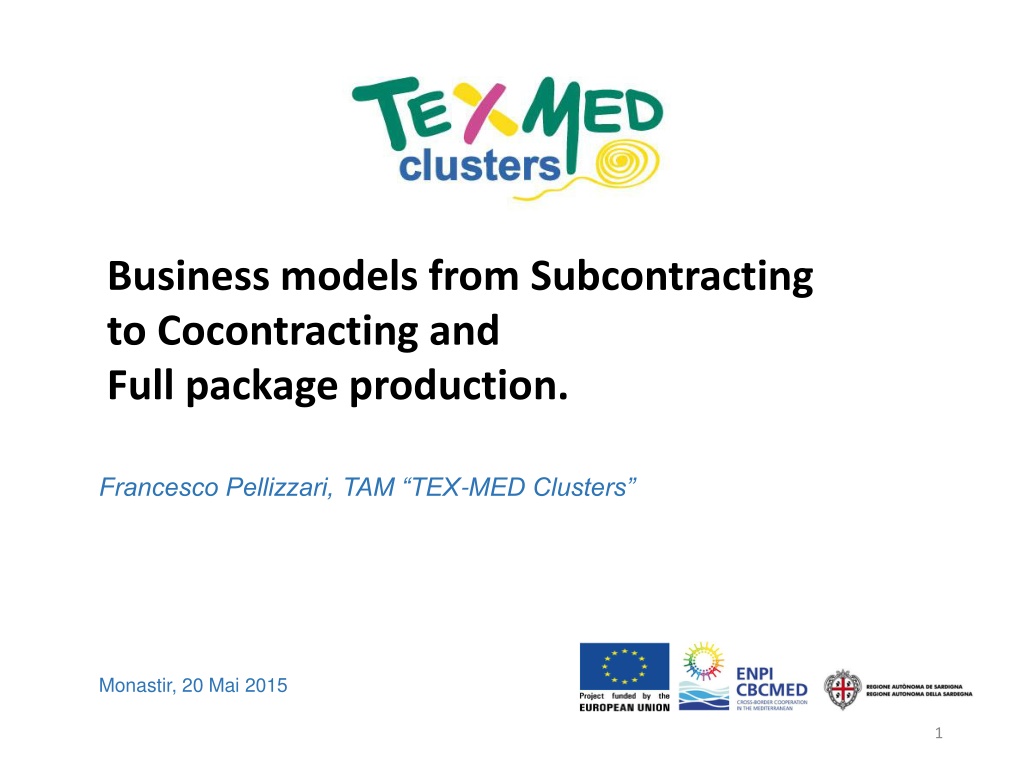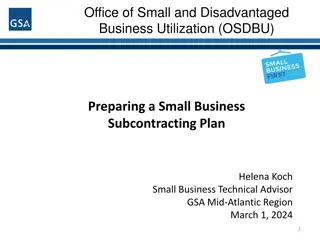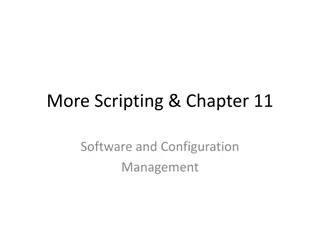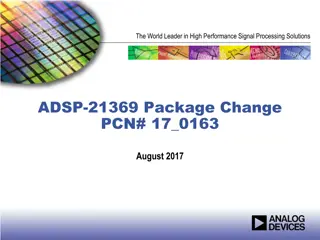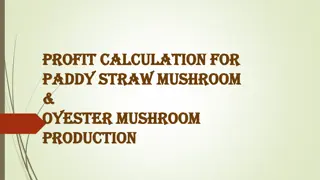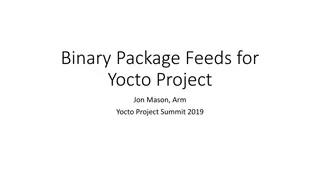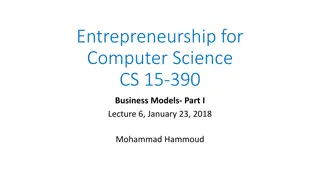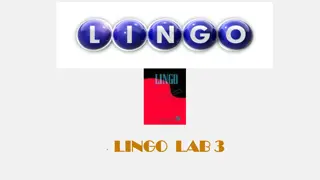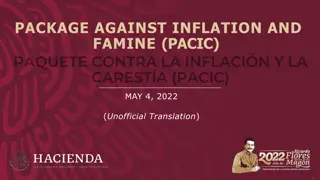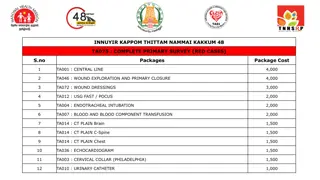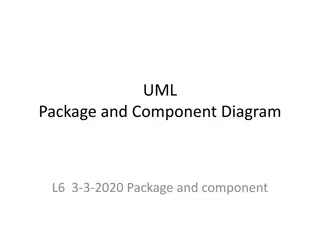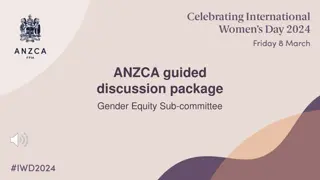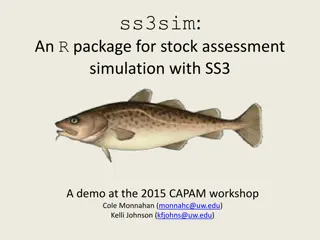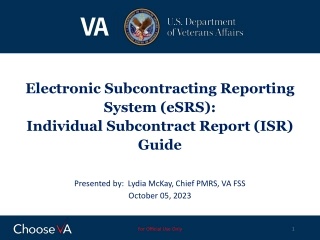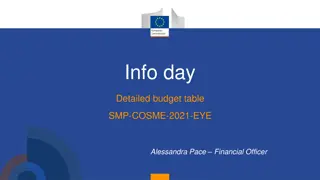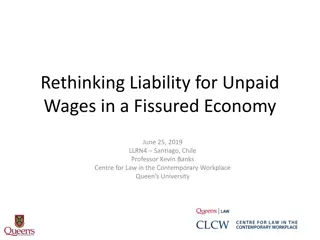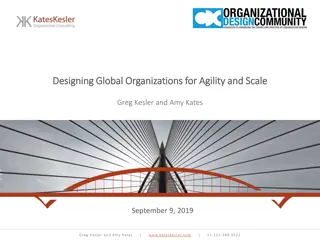Evolution of Business Models from Subcontracting to Cocontracting and Full Package Production
The evolution of business models from subcontracting to cocontracting and full package production is discussed in this presentation by Francesco Pellizzari. It explores the origin of product specifications, functions in the business value chain, identification of business models, and evolution patterns. Additionally, it delves into the distinction between full package brands and subcontractors, emphasizing the importance of cross-border cooperation in mitigating risks and fostering partnerships.
Download Presentation

Please find below an Image/Link to download the presentation.
The content on the website is provided AS IS for your information and personal use only. It may not be sold, licensed, or shared on other websites without obtaining consent from the author. Download presentation by click this link. If you encounter any issues during the download, it is possible that the publisher has removed the file from their server.
E N D
Presentation Transcript
Business models from Subcontracting to Cocontracting and Full package production. Francesco Pellizzari, TAM TEX-MED Clusters Monastir, 20 Mai 2015 1
Basis of a Business Model 1. Origin of the product specifications. 2. Functions performed in the business value chain. 2
Origin of the product specifications INTERNAL ORIGIN The specifications are delivered by the entrepreneur or the management The company takes the full risk of its decisions, it fully keeps its strategic independence. The company is free to decide . Typical of Full Package Business . EXTERNAL ORIGIN The specifications are delivered by a buyer or a third party. The company executes others decisions. Low risk, low independence. Typical of Subcontracting . 3
Value Chain and Business Models . Administration Finance Control Human Resources - Organization Strategy General management - Marketing Full Package Brands Logistics Procure Logistics Post Sale Stocks out in ment Production Sales Administration Human Resources Production Organization Strategy General management - Marketing Subcontractors Logistics Procure Post Logistics Sale Stocks in ment out Production Sales 4
In which Business are they? Full Package Brands sell products to consumers. They are in the industrial sector (T/C industry). Subcontractors sell industrial services to businesses. They are in the service sector. 5
Identification of business models SPECIFICATIONS Full Package Brand Hybrid Full Package Unbranded Internal Co- Sub- External contractor contractor Extended Limited FUNCTIONS PERFORMED 6
Evolution patterns of the business models Full Package Unbranded Full Package Brand Hybrid Co- Sub- contractor contractor 7
Cross Border Cooperation (CBC) Deals: separate individuals risks Cooperation: Partnership: sharing of risks Cross Border: Abroad better than home . 8
Business Models and CBC What sub/co-contractors offer to the international markets. Sub-contractors: ManufacturingCosts and product quality (cost per minute/productivity, zero defects). Co-contractors: Services and Total Quality: design, modelling, delivery, selection of materials, brand development in local markets, stimuli for innovation, .. 9
Business Models and CBC What Full Package SMEs offer to the international markets. Full Package Unbranded: Low Cost positioning, generally for wholesalers, discounts and street markets, domestic market, or Specialized items such as: functional, ethnic, uniforms, religious clothing, etc. Full Package Brands: Assets for marketing. Positioning and distribution in the market. 10
The special case of the Hybrid business model. Hybrid means that a SMEs manages TWO business models in parallel (generally sub-contractor + full package unbranded). This is perceived as a first steps for escaping the subcontractor trap. Advantages are: A learning period at a supposed low risk. Disadvantages are: difficulties to manage properly two different sets of skills, competences and attitudes. Higher complexity, possible inefficiencies and probable higher costs. 11
Disclaimer The 2007-2013 ENPI CBC Mediterranean Sea Basin Programme is a multilateral Cross-Border Cooperation initiative funded by the European Neighbourhood and Partnership Instrument (ENPI). The Programme objective is to promote the sustainable and harmonious cooperation process at the Mediterranean Basin level by dealing with the common challenges and enhancing its endogenous potential. It finances cooperation projects as a contribution to the economic, social, environmental and cultural development of the Mediterranean region. The following 14 countries participate in the Programme: Cyprus, Egypt, France, Greece, Israel, Italy, Jordan, Lebanon, Malta, Palestine, Portugal, Spain, Syria (participation currently suspended), Tunisia. The Joint Managing Authority (JMA) is the Autonomous Region of Sardinia (Italy). Official Programme languages are Arabic, English and French (www.enpicbcmed.eu). This presentation has been produced with the financial assistance of the European Union under the ENPI CBC Mediterranean Sea Basin Programme. The content of this document are the sole responsibility of Francesco Pellizzari, Technical Assistance Manager, and can under no circumstances be regarded as reflecting the position of the European Union or of the Programme s management structures. <Monastir, May 2015 12
